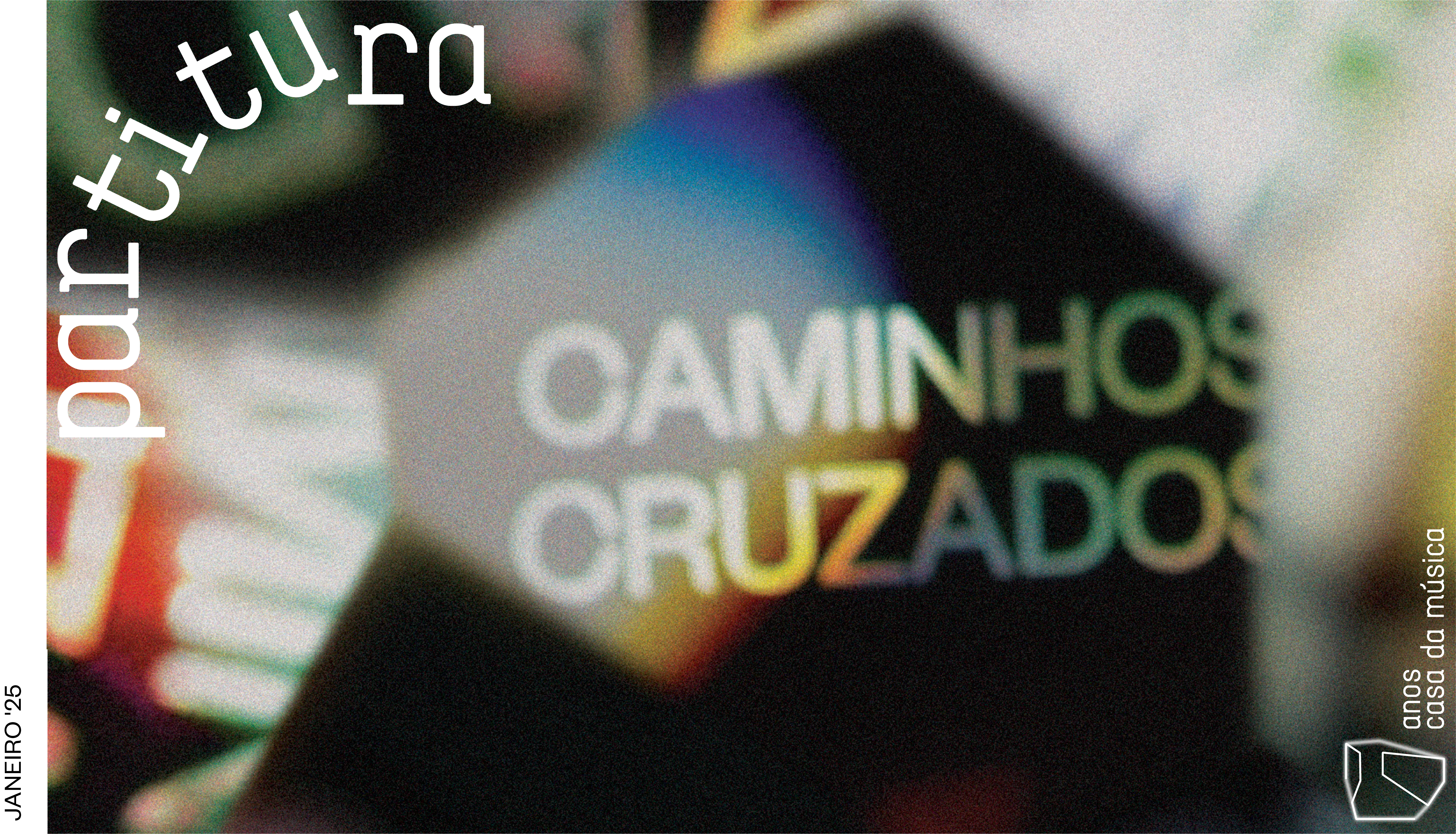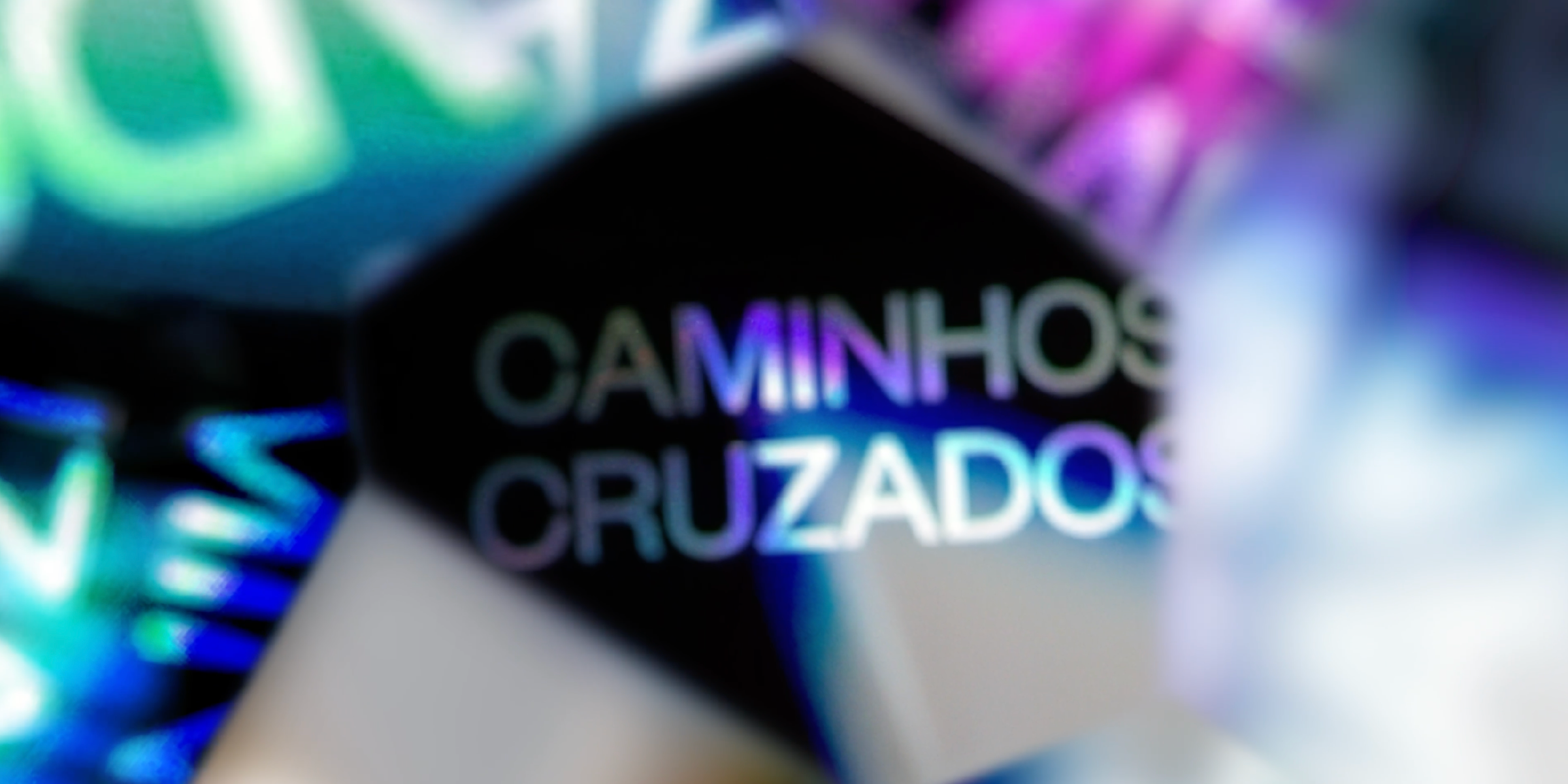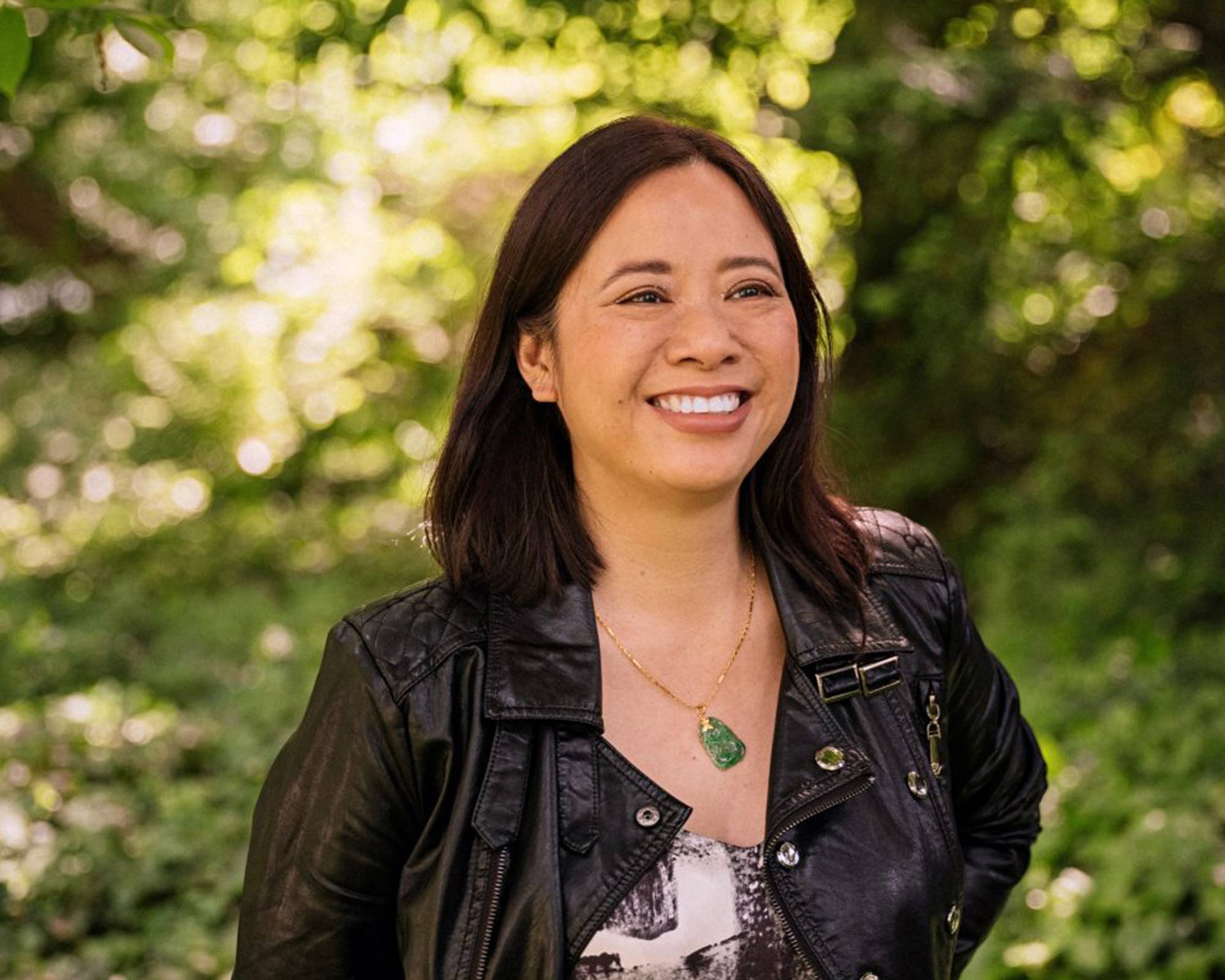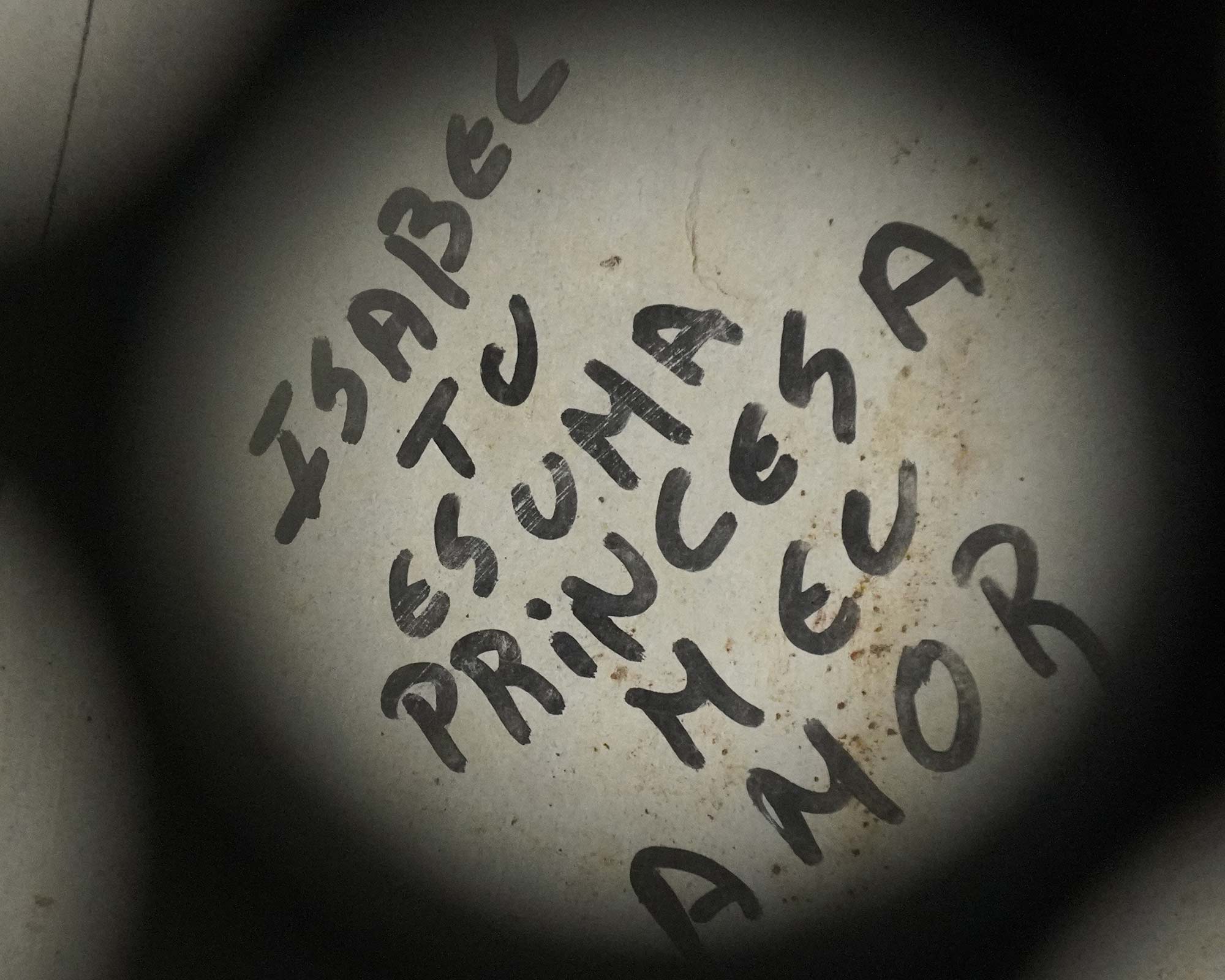Partitura · January 2025

Welcome to 2025, the year in which Casa da Música celebrates its 20th anniversary. Over this time, we have given the stage to artists and projects from the most diverse eras, geographies, cultures, and aesthetic movements. It is a legacy that honors us and a starting point for designing the new season, whose first festival, Caminhos Cruzados (Crossed Paths), celebrates precisely the meeting of diversity under the common denominator of music.
The New Year’s Concert takes us on a journey through the Viennese salons, with their always charming and lively waltzes, polkas, and marches, setting the perfect tone to embrace another turn around the sun.
Francisco Costa and Yoav Levanon, two young talents, are the protagonists of the recitals that inaugurate the Piano Series, both taking place in January. The first is a Portuguese pianist and opens the season with a concert filled with 20th-century Russian music. The second, an Israeli prodigy widely regarded as one of the greatest future names of the instrument, presents a programme of extraordinary virtuosity, offering us works by Bach, Chopin, and Liszt.
Piano enthusiasts can also appreciate Levanon’s musical prowess in another setting, alongside our Symphony Orchestra, under the direction of the acclaimed Russian conductor Anna Rakitina. Together, they will perform another technically demanding masterpiece: Rhapsody on a Theme of Paganini by Rachmaninoff. With a double presence at the Caminhos Cruzados festival – discussed in more detail in the next pages (Tónica) – the oldest of our in-house ensembles concludes the month with symphonies by three giants: Mozart, Mendelssohn, and Brahms.
From other areas of music, we welcome names such as the ever-unpredictable David Bruno, who presents his new album, Paradise Village; the trio GoGo Penguin, armed with the emotive and cinematic Everything is Going to Be OK, a record that fuses jazz, electronic, hip hop, rock, and classical music; and the project Wanderer Songs, which offers us an artistic reinterpretation of the musical and human legacy of José Afonso.
It is also worth exploring the educational activities scheduled for this first month of the year, keeping an eye on the school concerts and discovering the itinerary of the 16th Open Course in Music History, whose initial module takes place entirely in January and explores the evolution of the piano over the centuries.
With that said, it is time to turn through the pages of this Partitura, and among the many diverse offerings we present, make your choices. Happy reading and a prosperous New Year – preferably with the best music, in our company.

INTERSECTING PATHS
10 – 19 JAN
TONIC
Since 2007, Casa da Música has opened its doors to allow a composer to make it their home as well – we call this the “Composer in Residence.” For an entire year, the programming seeks to create a sonic portrait of the chosen figure, exploring their various creative stages, while also stimulating and supporting the composition of new works, which are later premiered by the resident ensembles. All of this takes place in an environment that fosters an intense and rich exchange between composer, performer, and audience. Those who have followed Casa da Música over the years may have encountered figures like Emmanuel Nunes, Kaija Saariaho, Pascal Dusapin, Sir Harrison Birtwistle, Rebecca Saunders, Vasco Mendonça, and many others in the corridors or in Sala Suggia. In this year of Caminhos Cruzados (Crossed Paths), we hand over the keys to Liza Lim, an Australian composer who has lived in Brunei, Southeast Asia, and studied in Amsterdam. A composer, professor, and researcher, Liza Lim focuses on creating music rooted in collaborative and transcultural practices.
LOVE Under construction
What was originally planned as a 200-square-meter residence is now an imposing cultural building, included by the British newspaper The Times among the five most representative architectural works of the first decade of the 21st century. The story will not be unfamiliar to those who followed the construction of Casa da Música, as it was never kept secret: Rem Koolhaas, the project’s architect, was the first to recount it. After all, if transparency – understood as the visual continuity between interior and exterior – was the building’s defining characteristic, it made sense to be consistent and not conceal its distant origins.



































